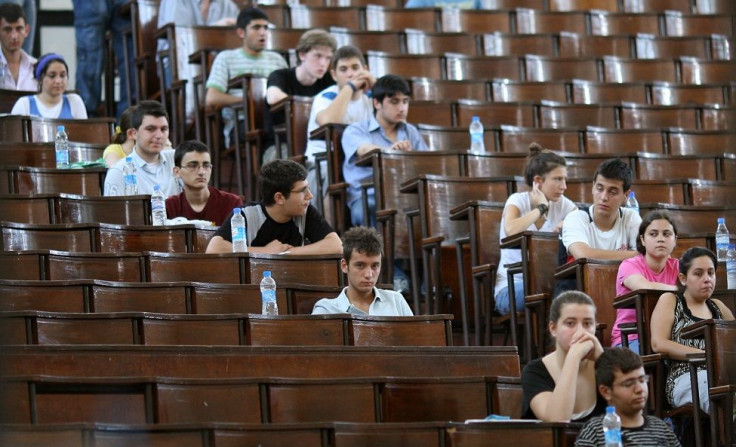Australia 2017 budget: Government reportedly slashes university funding

Malcolm Turnbull’s government allegedly slashes university funding by hundreds of millions of dollars in the May 2017 budget. This would mean student fees can possibly rise and graduates are likely required to pay back their loans faster.
Amid pleas from universities that they won’t be able to face any more cuts, Fairfax Media understands they would be required to deal with a new efficiency dividend of between 2 and 3 percent to be phased in a number of years. Education Minister Simon Birmingham will attend a higher education and business event in Canberra on Monday night. He is expected to release the reform package any time.
News.com.au understands that Birmingham may disclose a new report by Deloitte Access Economics which indicates that universities obtain enough funding via government and student fees to shoulder the costs of teaching most degrees. It also shows that the average cost of delivery per student rose 9.5 percent between 2010 and 2015 while funding per student climbed by 15 percent. Last year, every student is funded with $19,285.
Furthermore, the report stresses that universities utilise their teaching revenue for cross-subsidise research and other activities. Last week, Universities Australia released its own report that shows universities and students have given their share of up to $4 billion to help drop deficit since 2011. It also shows that further cuts could mean a shaky position for some universities.
With the government's higher education reform package, universities and students will likely see an increase in course fees as the HECS repayment threshold is lowered from the current $52,000. It is believed that the fee increases will be significantly lower than a forecasted 25 percent climb.
Labor initially suggested a 3.25 percent efficiency dividend, which would lessen university funding by roughly $900 million over four years. Based on government figures, the average cost of an undergraduate place is $16,000 and $20,000 for postgraduates.
The government assures that the several courses could be delivered cheaper than the level of funding provided. “Universities need to invest taxpayer money judiciously and with appropriate public scrutiny and accountability,” Birmingham said. Chief executive Belinda Robinson said it is difficult to justify further cuts that would put the quality of education and research at risk.
Sydney Morning Herald notes that universities listed an average profit margin of 5.3 percent in 2015. University of Melbourne and University of Sydney recorded $141 million and $157 million respectively.
Victoria University, Melbourne Australia/YouTube
Read more: Auction clearance rates in Sydney and Melbourne’s housing markets soar
OzHarvest opens in Sydney’s east; take what you need, pay only if you can





















